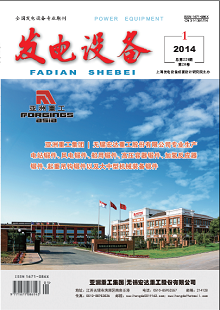Research & Analysis
He Yueke, Tian Xiaolan, Zou Baochan, He Erdong
2014, 28(1): 23-26.
A boiler system and its process flow were introduced in combination with the practical experience of burning petroleum coke in a 260 t/h CFB boiler. Aiming at the control objectives and difficulty of the boiler control system, a boiler master feedforward modification scheme was put forward, such as adding main steam pressure set value differential, drum pressure differential, and energy demand baseline function, etc. Moreover, control schemes for primary air, secondary air and bed temperature control systems were improved and optimized. Results show that the maximum dynamic deviation of steam pressure is only 0.55 MPa and the change of bed temperature is less than 25 K, under the load disturbance of 5 MW, which meets the requirements of relevant standards.
